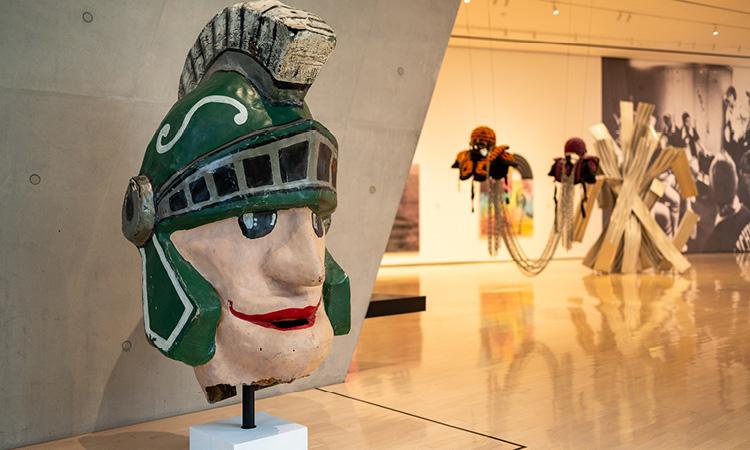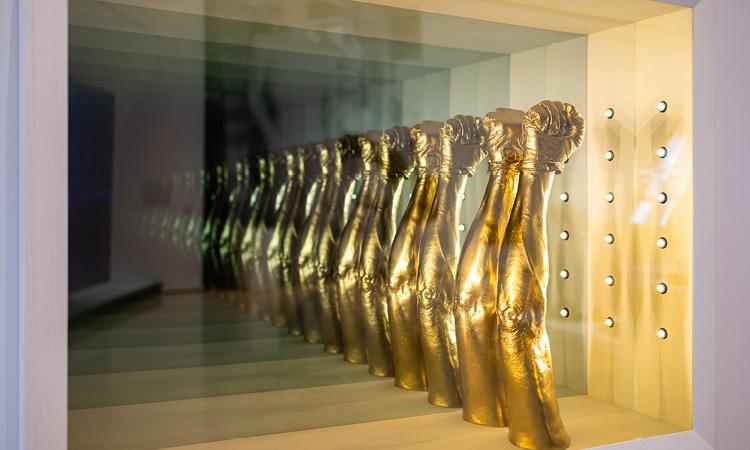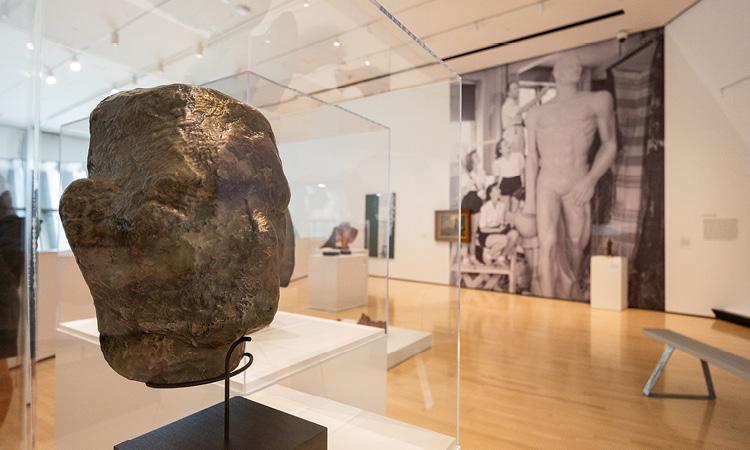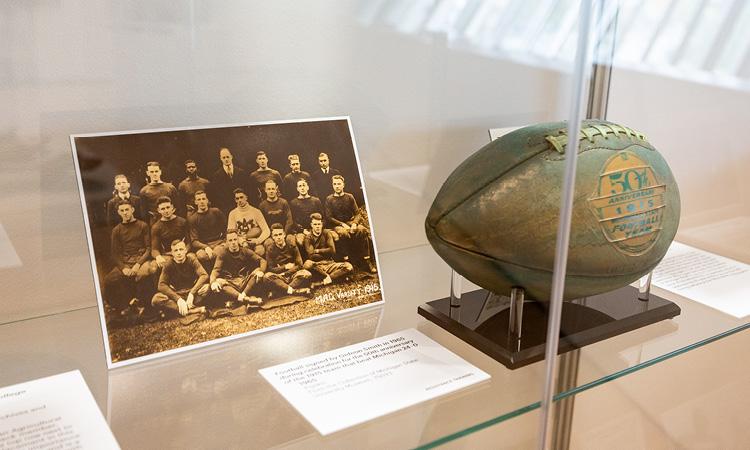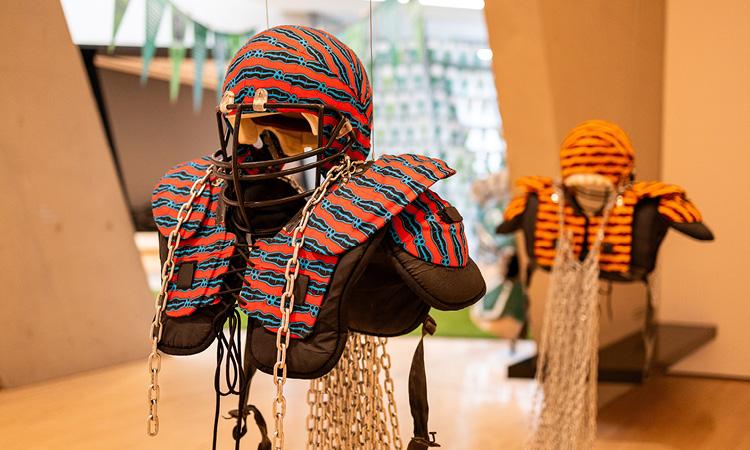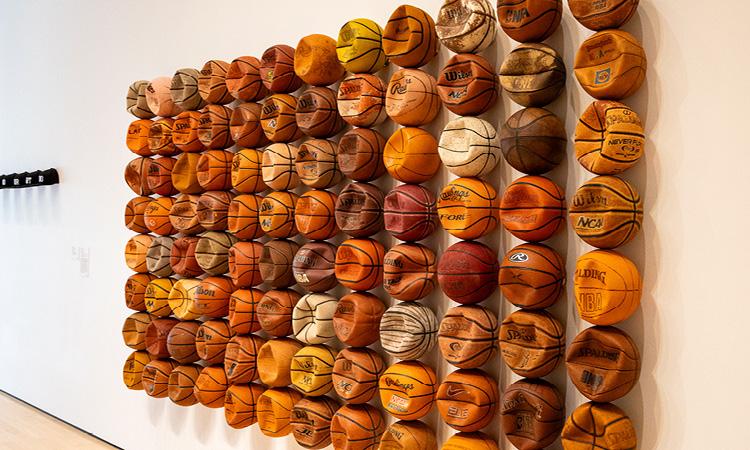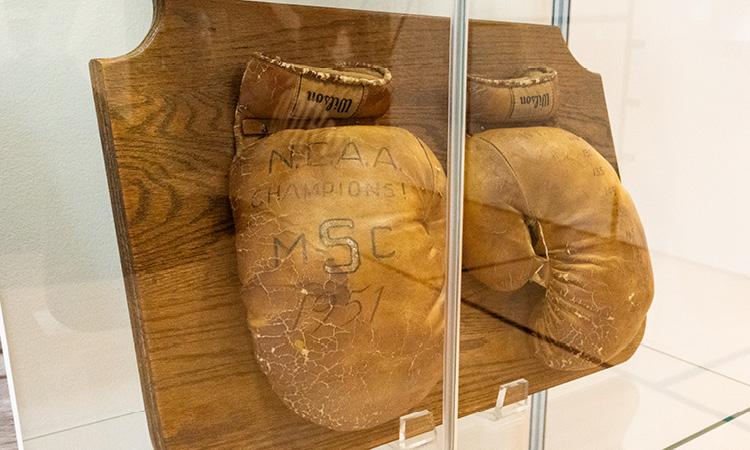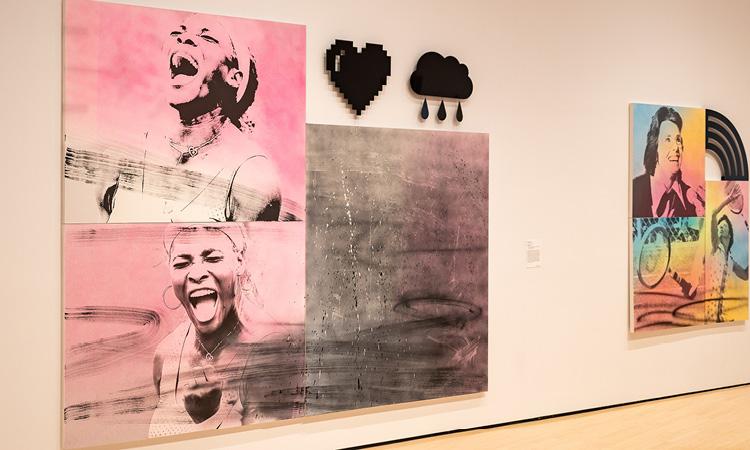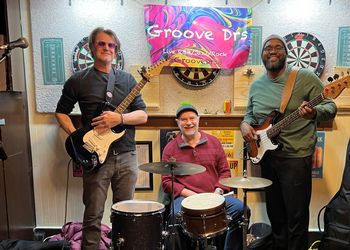Resistance Training: Arts, Sports and Civil Rights

Resistance Training: Arts, Sports and Civil Rights
A new exhibition at the Eli and Edythe Broad Art Museum focuses on the intersection of art and athletics—and how the influence of both have long been engaged in social change.
October 30, 2023If you ask Eli and Edythe Broad Art Museum Interim Director Steven Bridges, the connection between art and sports is bred-in-the-bone.
“In all societies throughout human history, the two major pillars of those cultures have been the presence of the arts and athletics or sports,” he points out. “In that way, the two of those things have been foundational in terms of defining those cultures throughout time. They are deeply interrelated.”
To note that the most acclaimed participants of each realm are often very much aligned as public figures is also important.
“Artists and athletes often occupy a certain power of influence and the ways in which they use that influence, and in what direction, is always interesting and telling,” said Bridges.
The museum’s latest exhibition, “Resistance Training: Arts, Sports, and Civil Rights,” tackles that topic and plenty more. The exhibition also focuses on the ways in which artists and athletes have long given voice to, and been engaged in, the struggles for civil rights and social justice—an area where MSU has historically been a national leader.
In addition to the familiar names of Biggie Munn and Duffy Daugherty, who famously recruited Black players such as Willie Thrower, Bubba Smith and Jimmy Raye in the 1950s and ’60s, visitors also learn about Gideon Smith, the first Black athlete on campus, who played tackle for the Michigan Agricultural College football team from 1913-15. And Beth Mlynarek Kaufman, one of the first women to join the Spartan Marching Band in 1972. There’s also Dr. Nell Jackson, who was hired to lead the emerging Women’s Athletic Program at MSU in 1973, and also served as the women’s track and field head coach. Her posts at MSU would help open doors for women, especially Black women, to move into coaching roles and other positions of higher administration within athletic departments.
The list goes on—from both the campus community and the greater sports world.
“There's a lot of history here that is quite enriching, and I think very eye opening,” Bridges said of the exhibition. “It's not always celebratory in the sense that the struggle for social justice and advancement in civil rights is often that—a struggle. There are times when many athletes had to take a stand for their rights and for equity and access to resources.
“But even though those moments were often contentious, these individuals are also to be recognized for their courage and strength to speak up for the things they believe in. There's inspiration to be found in that. And it’s a conversation that is very much ongoing today, certainly in this country.”
Come into “Resistance Training” with a curiosity about the connection between two major pillars of culture—art and sports—and walk away inspired by the roles played by each in the advancement of civil rights. As these histories continue to permeate the present and will no doubt continue into the future, Bridges hopes visitors will find a bit of personal reflection in the exhibition.
“Artists and athletes might occupy a more elevated position in terms of their visibility and the national consciousness,” he said. “But we all have our own agency and our own spheres of influence. For me, I often think about how I can further direct people toward the things that I care about.”
As the confluence of the arts, athletics, fairness, equity and civil rights continues to run deep as ever, “Resistance Training” is a moving reminder of what we all should be rooting for.
“Resistance Training: Arts, Sports, and Civil Rights” is on display until Feb. 18, 2024. Learn more: https://broadmuseum.msu.edu/exhibition/resistance-training/
Author: Tim Cerullo, '08


